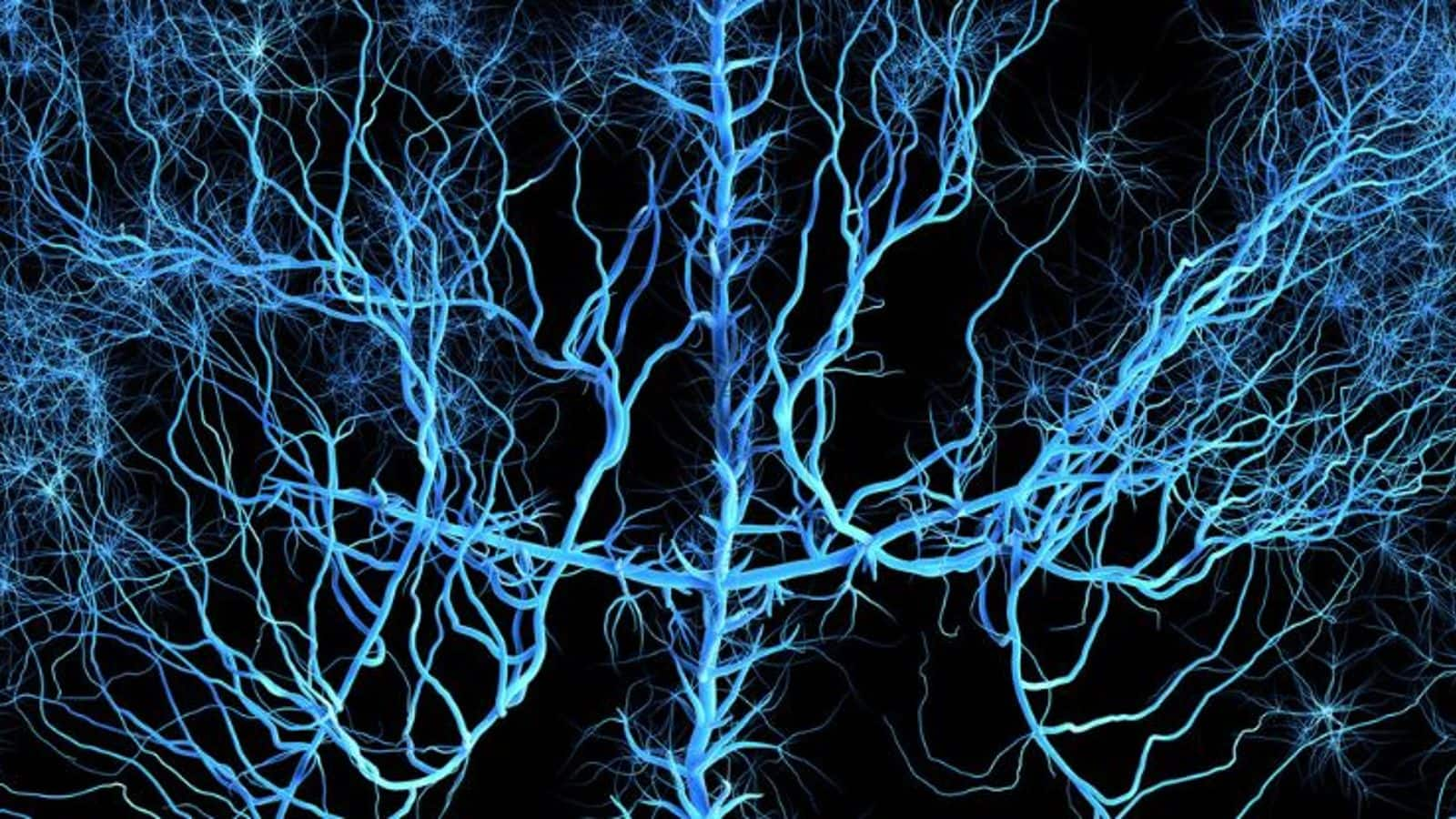
Human brain neurons may exist in 2 states of matter
What's the story
A groundbreaking study published in Communications Physics, suggests that the neurons in our brain may exist in two distinct states of matter, and cannot be definitively categorized as solely one of them. This perpetual transition between states, known as "criticality," was discovered by a team of researchers from Northwestern University's Department of Physics and Astronomy. Lead author Helen Ansell compared this transition to ice melting into water, highlighting the ongoing shift between solid and liquid states.
Transition
Brain structure close to phase transition
The study suggests that the cellular structure of the brain is close to a phase transition. A crucial detail is that brain structures are never permanently fixed in any one state. Ansell explained that if the brain were to be on either side of this critical point, "it wouldn't be a brain." This discovery sheds light on the intricate internal mechanisms of our brain, and offers potential explanation for how our gray matter can accommodate something as complex as consciousness.
Fractal shapes
Fractal patterns in brain structure
The researchers also found that the structure of neurons is fractal. This means they are self-similar shapes that appear identical at any size, suggesting that human brains may share more similarities with those of less complex creatures. This was observed in 3D reconstructions of human, fruit fly, and mouse brains. Co-author Istvan Kovacs noted that the brain seems to be delicately balanced between two phases, with strong indications of matter approaching a critical point.
Insights
Signs of criticality found in fruit fly and mouse brains
The team found signs of criticality not only in human brains but also in fruit fly and mouse brains. Despite initial differences in size and structure, they discovered emerging properties that were surprisingly similar. This suggests that criticality could be a universal feature of all types of brains, although further research is required to confirm this hypothesis.
Universal principle
'Goldilocks effect' in brain structure
Ansell and Kovacs proposed that the 'Goldilocks effect' could be a universal governing law of all animal brains. This theory suggests that the relative size of many neuron segments and their diversity are maintained across scales and species. However, they emphasized that further research is necessary to determine if this shared criticality exists across the full scale of the animal brain and among other various species.